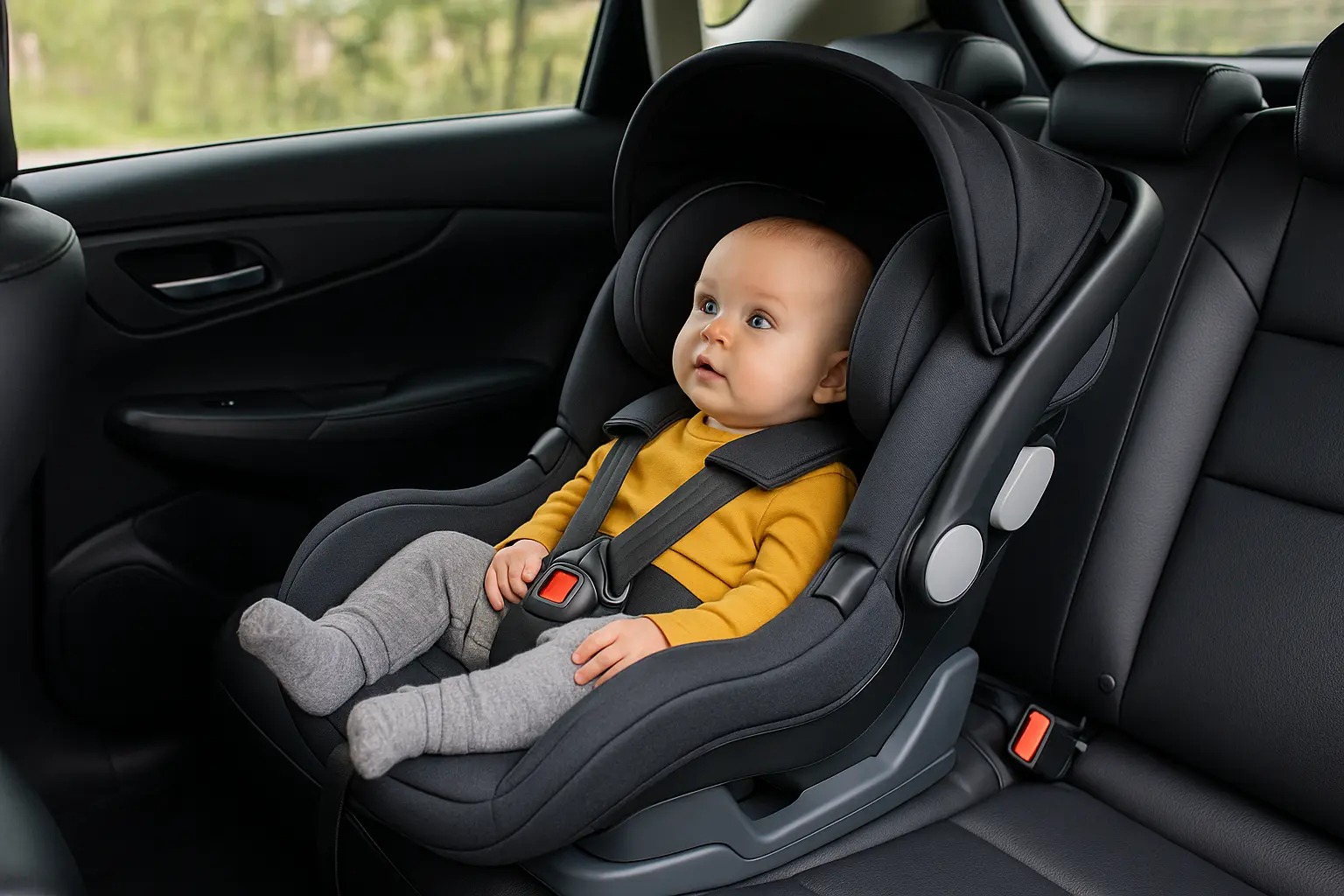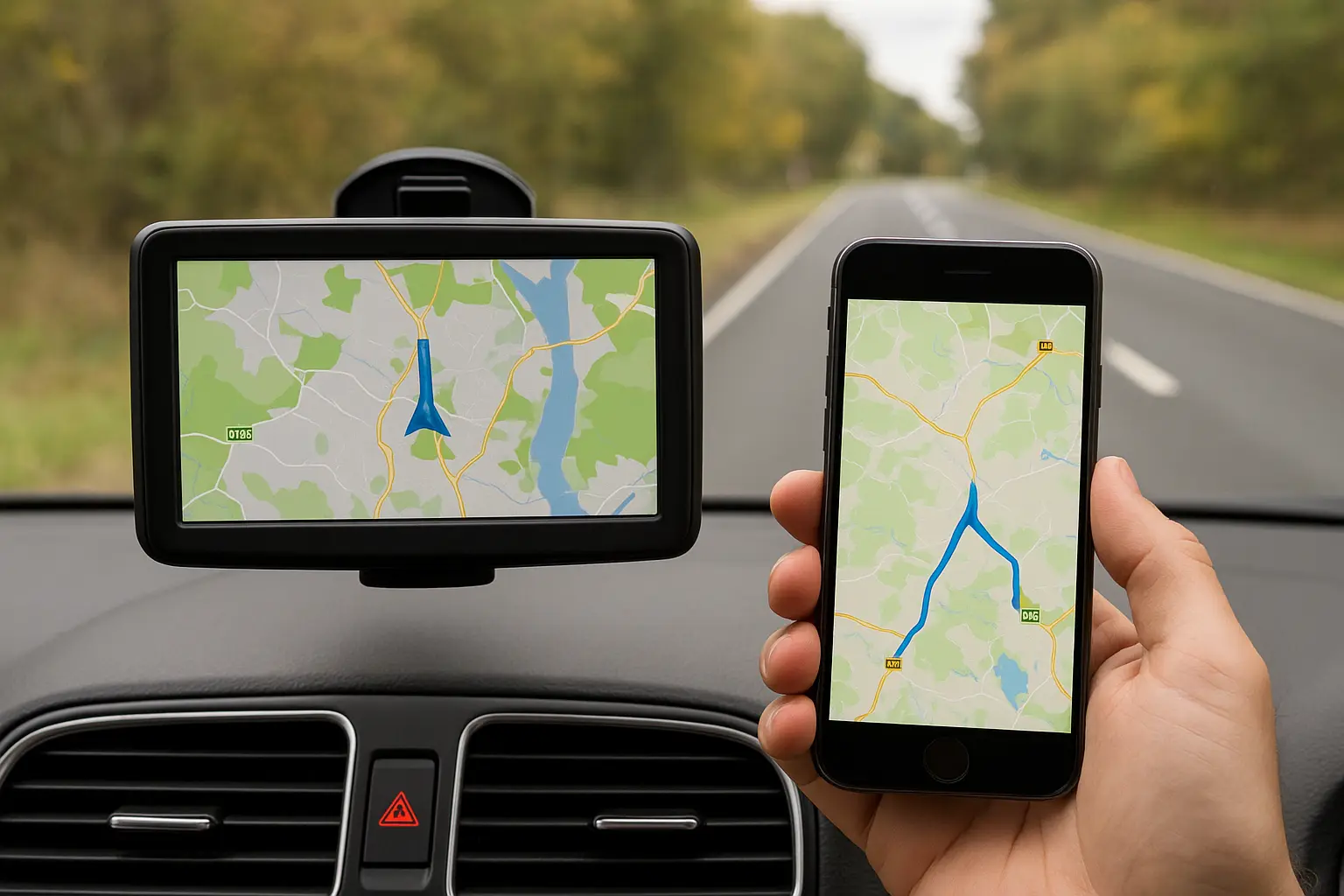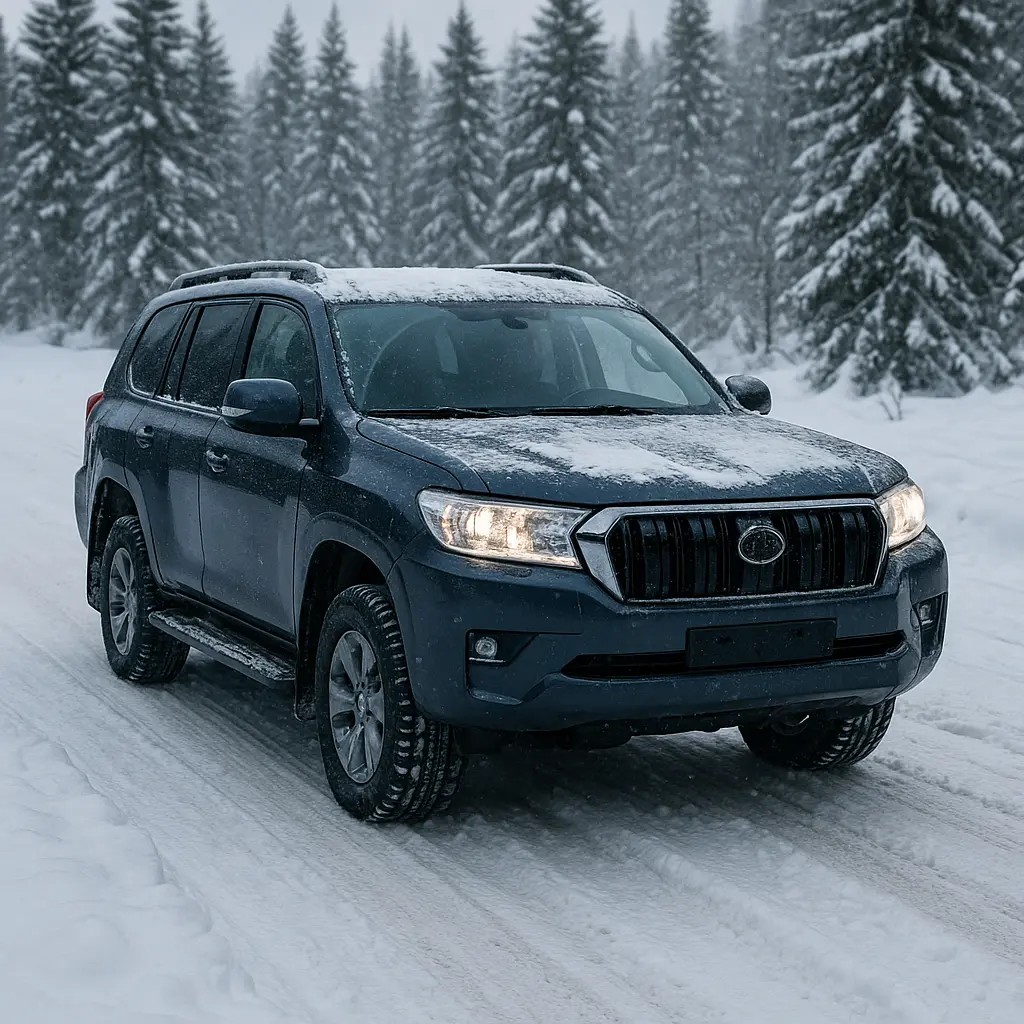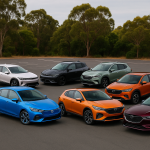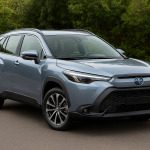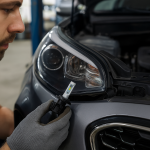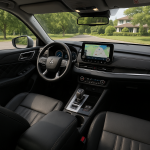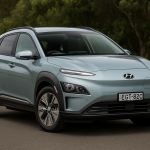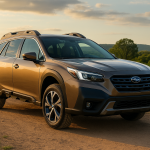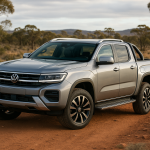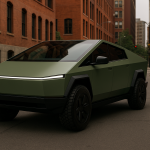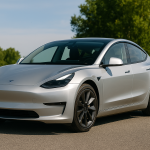Car travel is part of everyday life in Australia, whether it’s school drop-offs, weekend sports, or long holiday road trips. For parents, guardians, and carers, ensuring children are safe on the road is a non-negotiable responsibility. Car seats — also called child restraints — are not just recommended, they’re a legal requirement.
But with so many choices on the market, from baby capsules to convertible seats and booster options, choosing the right one can be overwhelming. Safety ratings, Australian Standards, and fitment rules all come into play. In this guide, we break down everything you need to know about child car seats in Australia.
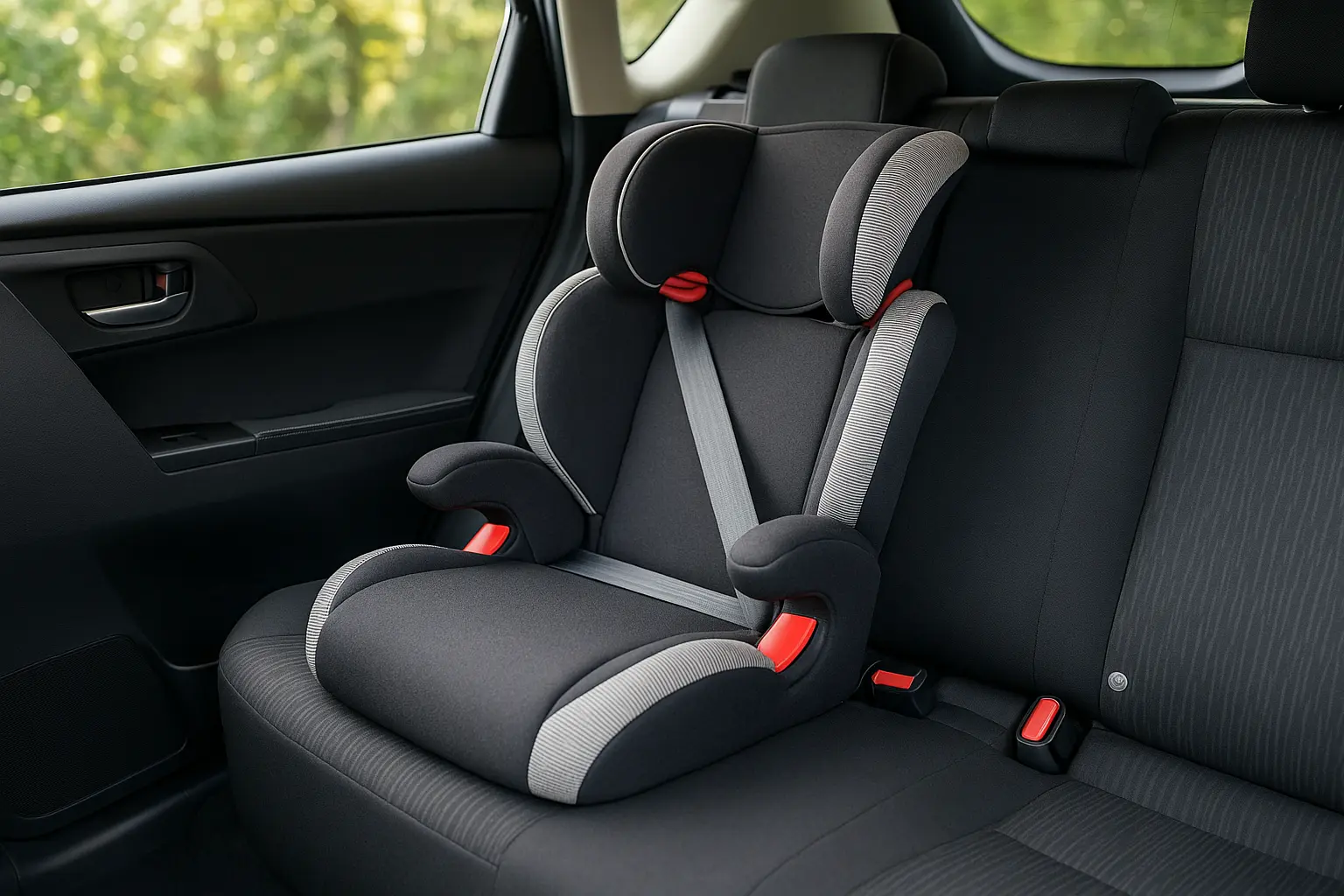
Legal Requirements: Australian Car Seat Laws
Australia has some of the strictest child car restraint laws globally. Here’s a breakdown:
- Under 6 months: Must be in a rear-facing capsule or car seat.
- 6 months – 4 years: Must be in either rear-facing or forward-facing seat with an in-built harness.
- 4 – 7 years: Must use a forward-facing car seat or booster seat with a properly adjusted seatbelt or harness.
- Over 7 years: Can transition to an adult seatbelt, but boosters are still recommended until the seatbelt fits correctly.
Each state and territory enforces these rules, but they are consistent across the country. Fines and demerit points apply if children are not correctly restrained.
Understanding the Types of Car Seats
Baby Capsules (Rear-Facing)
Baby capsules are designed for infants up to around 6–12 months. They’re portable, making it easy to move a sleeping baby from car to pram.
- Pros: Easy to use, convenient for newborns, high safety for small babies.
- Cons: Short lifespan, need upgrading quickly.
Convertible Car Seats
These versatile seats can be used in both rear-facing and forward-facing modes. They often last from birth to 4 years.
- Pros: Long-term use, cost-effective.
- Cons: Not as portable as capsules, can be bulky.
Forward-Facing Car Seats
Suitable for children from about 6 months to 4 years (depending on weight/height). These use a built-in harness for protection.
- Pros: Secure, long-lasting.
- Cons: Outgrown when child exceeds harness limit.
Booster Seats
For kids aged roughly 4–10 years, boosters position the child so a seatbelt fits safely across their chest and lap.
- Pros: Extends safety beyond car seats, allows proper seatbelt fit.
- Cons: Children may resist using them as they grow older.
The Role of Safety Ratings
Not all car seats are created equal. In Australia, the Child Restraint Evaluation Program (CREP) tests car seats for crash protection and ease of use. Products are scored out of 5 stars.
Parents should always look for high CREP-rated seats. Even if a seat meets Australian Standards, some offer far greater protection than others. Safety ratings cover:
- Crash test performance (frontal and side impacts)
- Ease of use (installation and everyday operation)
- Suitability for age group
Key Features to Look for in a Car Seat
- ISOFIX compatibility: Easier, safer installation method available in most modern cars.
- Adjustable headrests and harnesses: Allow the seat to grow with your child.
- Side-impact protection: Extra padding and design improvements to shield in a crash.
- Machine-washable covers: For hygiene and convenience.
- Extended rear-facing options: Rear-facing is proven to be safer for young children.
Installation: Getting It Right
Research shows that up to 70% of car seats in Australia are installed incorrectly, which reduces their effectiveness in a crash. Parents should:
- Have seats installed by an authorised fitter (check with your state’s motoring authority).
- Ensure the tether strap is attached to the correct anchor point.
- Double-check tightness — the seat shouldn’t move more than 2 cm side to side.
Some families also opt for mobile fitting services or retailers that offer free installation checks.
Common Mistakes Parents Make
- Moving children to the next stage too early.
- Loosely adjusted harnesses.
- Bulky clothing interfering with harness fit.
- Incorrect tether strap usage.
- Using second-hand car seats without checking for recalls or expiry dates.
Costs and Budgeting for Car Seats
Child car seats in Australia range widely:
- Baby capsules: $250 – $600 (hire options available at hospitals and baby stores).
- Convertible seats: $300 – $800 depending on features.
- Booster seats: $150 – $400.
While price doesn’t always equal safety, higher-end models often include extra convenience features and higher safety ratings.
Should You Buy New or Used?
While it’s tempting to buy a second-hand seat to save money, parents must be cautious:
- Check the expiry date (usually 6–10 years from manufacture).
- Ensure the seat has never been in an accident.
- Verify it complies with the Australian Standard AS/NZS 1754.
If any of these can’t be confirmed, it’s safest to buy new.
Car Seat Safety Ratings in Australia
CREP publishes yearly test results. Some consistent high performers include:
- Infasecure models (widely available, strong local brand).
- Britax Safe-n-Sound (premium brand with excellent crash protection).
- Maxi-Cosi (European design, comfortable and feature-rich).
Parents should compare both crash safety scores and ease-of-use ratings when choosing.
Car Compatibility: Do Seats Fit All Cars?
Not every car seat fits every vehicle. Compact hatchbacks may struggle with large rear-facing seats, while SUVs offer more flexibility. Parents should:
- Measure available space.
- Check if the car has ISOFIX anchors.
- Consider if multiple child seats need to fit across one row.
Insurance and Liability
Few parents consider insurance when buying car seats. In case of an accident:
- Many insurance policies cover replacement of child car seats.
- Always make a claim even if the accident seems minor.
This ensures the seat maintains its protective ability.
Transitioning Between Seats
Knowing when to upgrade your child’s seat is critical. The rule of thumb: height and weight over age. Even if your child is within age limits, if they no longer fit safely, it’s time to move up.
Travel and Car Seat Safety
- Taxis & Ride-shares: In most states, children under 7 must still use a car seat. Parents should carry portable options when travelling.
- Flights: Airlines may allow approved car seats for in-flight use. Check before booking.
- Interstate trips: Laws are consistent nationwide, but always confirm for peace of mind.
Future of Car Seats: Technology & Innovation
The next wave of child restraints will likely include:
- Smart sensors to alert parents if a child is left in the car.
- App connectivity for harness tightness monitoring.
- Eco-friendly materials for sustainability.
- Enhanced side-impact technology in response to crash data.
Conclusion
A car seat is one of the most important investments parents make. Beyond legal compliance, it’s about peace of mind knowing your child is as safe as possible on Australian roads.
From baby capsules to boosters, always check safety ratings, install correctly, and keep children in each stage as long as possible. With Australia’s strict standards and growing awareness, families have access to some of the best child restraints worldwide.
Leave a comment
Your email address will not be published. Required fields are marked *


